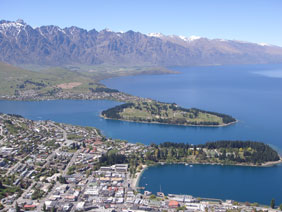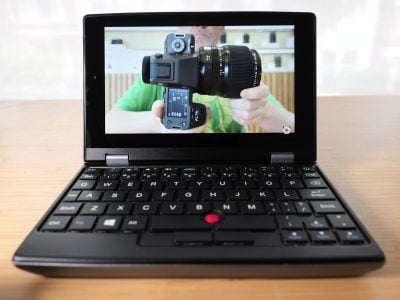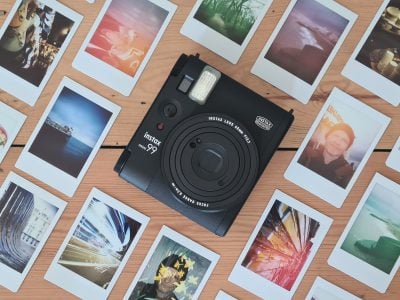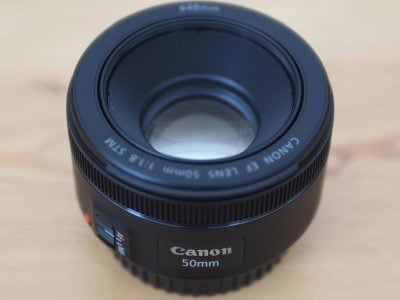Sony Cyber-shot DSC-T77
-
-
Written by Gordon Laing
Outdoor resolution - Sony T77 vs Canon IXUS 870IS / SD 880IS vs Panasonic FX35
Sony Cyber-shot DSC-T77 |
Canon IXUS 870IS / SD 880IS |
Panasonic Lumix DMC-FX35 | ||
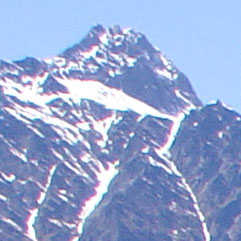 |
 |
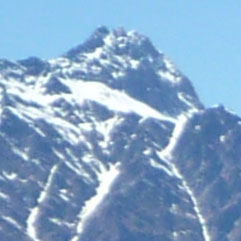 | ||
f4.5, 80 ISO |
f6.3, 80 ISO |
f4, 100 ISO | ||
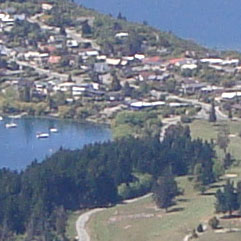 |
 |
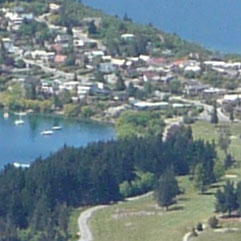 | ||
f4.5, 80 ISO |
f6.3, 80 ISO |
f4, 100 ISO | ||
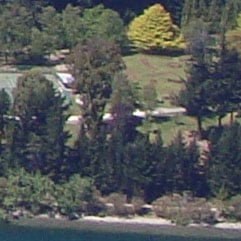 |
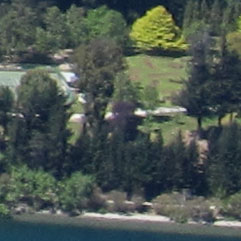 |
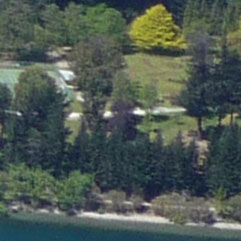 | ||
f4.5, 80 ISO |
f6.3, 80 ISO |
f4, 100 ISO | ||
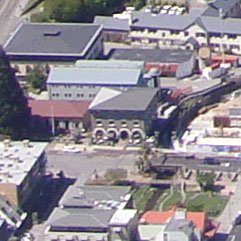 |
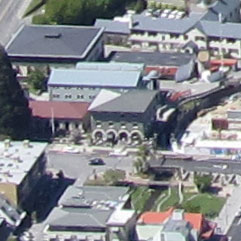 |
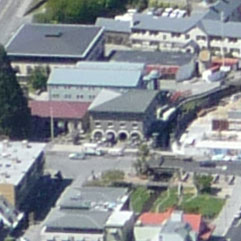 | ||
f4.5, 80 ISO |
f6.3, 80 ISO |
f4, 100 ISO |
|
The image above was taken with the Sony Cyber-shot T77 at a sensitivity of 80 ISO, and the lens set to 7mm f4.5; the original 10M JPEG file measured 3.48MB. The crops are taken from the upper left, centre, lower right and left of centre, and are presented here at 100%.
Judging from the crops below, and the additional sample images in our Gallery, the Sony T77 applies higher levels of image processing than the other cameras shown here. While this results in often punchy images, the sharpening levels are arguably a little too high, resulting in halo artefacts around some details.
In terms of real-life detail, it’s roughly the same on all three cameras, although optically the Canon has the edge in the crop of the mountain ridge from the upper left corner: it’s neither exhibiting the softness of the Panasonic, nor the obvious fringing of the Sony.
Ultimately while the T77 exhibits Sony’s typical consumer-friendly approach to image processing, all three models here are delivering roughly similar quality. Now let’s see how they measure-up across their sensitivity range in our Sony Cyber-shot T77 High ISO Noise results.
